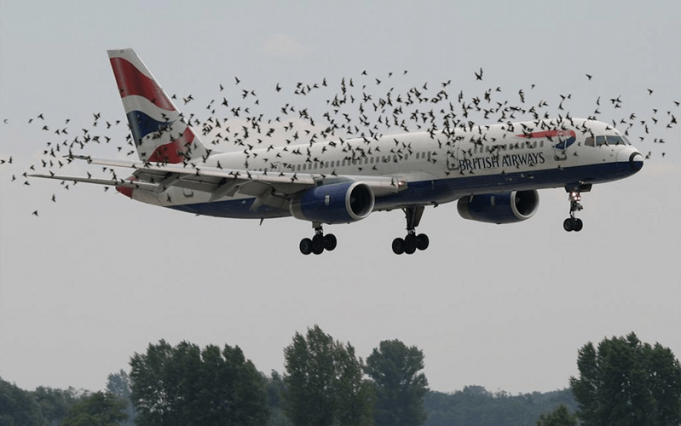Mostly the incidents happen when an airplane is flying at low altitudes during takeoff or landing. Getting the birds into the engine, wing, fuselage and nose cone of the plane is the most dangerous.
Certification requirements to the airplanes’ ability to maintain their integrity and performance capabilities after the bird strikes are nowadays much more severe than they were earlier. So even when the engine fails the plane is still can land. If the serious incident happened during the takeoff, the pilots come back to the airport and the equipment has to undergo serious examination and expensive repairs, while the passengers have to survive a long flight delay or to wait for another plane. It’s not fun.
The most danger arises when birds hit an engine; it can lead to fan blades damage at various stages of the compressor, after that they can be destroyed causing complete engine failure and even engine fire in some cases. Birds hitting of the windshield can result in the cracking of the surface of the windshield and even breaking it. In this case, the pilots can be seriously damaged. Hitting of the birds into the other parts of the plane’s body do not seriously threaten the safety of the aircraft and the flight on the whole, however, it causes aircraft construction substantial damage.
Nowadays the active methods of scaring birds away from the aerodromes are used. Acoustic devices, which can imitate birds’ squalls, when in danger, are the most wide-spread. Propane cannons, which make shot-like sounds, are also widely used. Some airports can even allow keeping predatory birds, falcons, for instance. The aerodromes keep count of all the bird collision cases, no matter what consequences they have entailed.






